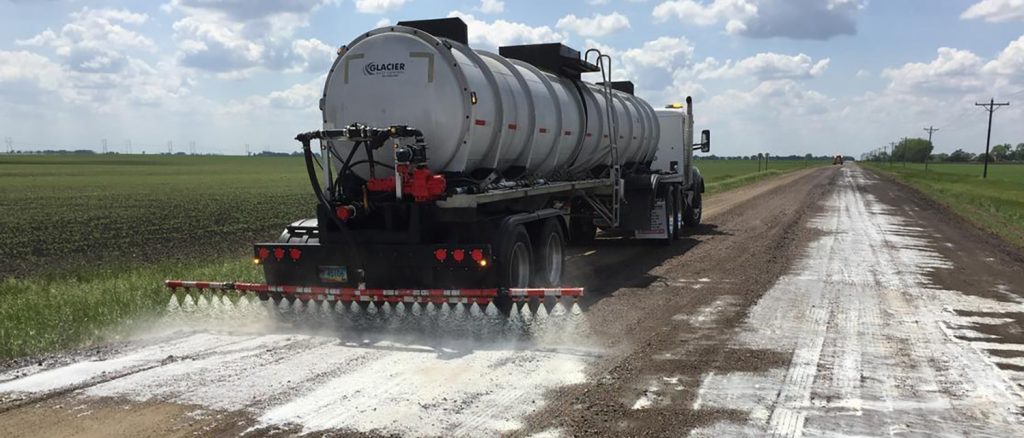Each year, the Minnesota Soybean Research and Promotion Council is charged with directing checkoff dollars to support unbiased production research projects. Unbiased production research is crucial to farmers throughout Minnesota. Projects supported by MSR&PC help gather valuable management information and new soybean cultivars available to farmers across the state. In 2018, the Council has invested in 28 major production research projects, ranging from agronomy to plant breeding and genomics.
Our first 2018 Researcher Roundup, authored by a team of Midwest plant pathologists, is a regional soybean study that sheds light on integrated white mold management.
White mold continues to be one of the major yield-limiting soybean diseases in Minnesota and other northern soybean growing states. Management of most soybean diseases starts with selecting a variety with good levels of resistance to the targeted disease. However, the development of white mold resistant varieties has proven difficult.
The result is that resistant varieties can only address part of the disease management puzzle for white mold. An integrated approach using several tactics is needed. Specific agronomic practices can help to manage white mold. For example, wide row spacing and decreasing population density may help reduce white mold incidence and severity.
Targeted fungicide applications can also be used to reduce white mold incidence and severity. In the quest to optimize fungicide application timing, disease prediction models are under development to assist farmers in determining when fungicides should be applied to manage white mold more effectively.
The white mold management strategies mentioned above, variety resistance, changes to row spacing and plant population, and the timely application of foliar fungicides, have often been studied individually. However, it has become increasingly clear that a holistic approach to managing this yield-limiting disease, which combines several of these management strategies, is necessary. This integrated approach will better equip farmers, agronomists and others to reduce the impact of white mold on soybean production. Continued research is needed to develop best practices for this holistic approach.
Trials in 2018 are planned at multiple sites across Minnesota, Wisconsin and Iowa. Row spacing (15-inch vs 30-inch rows) and planting population (110,000 to 200,000 seeds/acre) are the primary factors being examined simultaneously. In addition, fungicide applied in a conventional two-spray program, where applications occur at the R1 and R3 soybean growth stages, will be compared with fungicide application based on a new white mold prediction model.
In preliminary research, well-timed fungicide applications and increased row spacing had strong effects on reducing white mold incidence and severity and maintaining yield, with disease averaging significantly lower in the 30-inch row spacing compared to the 15-inch row spacing. While soybeans planted in a 15-inch row spacing can generally out-yield soybeans planted in a 30-inch row spacing, disease levels in the 15-inch row spacing were high enough that little yield advantage over the 30-inch row spacing was observed in a high white mold environment. The effect of plant population was not as significant as row spacing. Planting populations over 140,000 seeds/acre resulted in marginally higher disease compared to lower planting populations regardless of row spacing.
These studies need to be repeated to determine if these results are consistent in different environments and locations. However, fungicides can be a valuable component of integrated white mold management and based on one study it appears that wider row spacing and planting populations at 140,000 seeds/acre or below in southern Minnesota, Iowa and Wisconsin can potentially reduce white mold severity and preserve yield potential in a highly disease-conducive environment. Further research trials are planned for Minnesota and across the North Central region to produce a robust set of white mold management strategies.

Figure 1. Disease severity index of soybean plots planted in 30-inch or 15-inch row spacing, at planting populations ranging from 110,000 seeds/acre to 200,000 seeds/acre and treated with Aproach fungicide applied in a conventional program or according to the disease risk model, or not treated. Trial was located at the Hancock Agricultural Research Station, in Hancock, Wisc., in 2017.

Figure 2. Yield of soybean plots planted in 30-inch or 15-inch row spacing, at planting populations ranging from 110,000 seeds/acre to 200,000 seeds/acre and treated with Aproach fungicide applied in a conventional program or according to the disease risk model, or not treated. Trial was located at the Hancock Agricultural Research Station, in Hancock, Wisc., in 2017.
This Research Report was written by Damon Smith (University of Wisconsin , Dean Malvick (UMN), Daren Mueller (University of Iowa , Shawn Conley (University of Wisconsin) and Mehdi Kabbage (University of Wisconsin).







